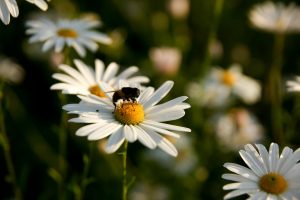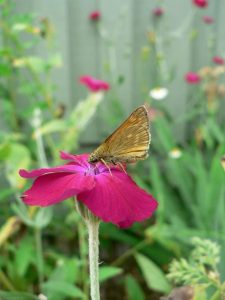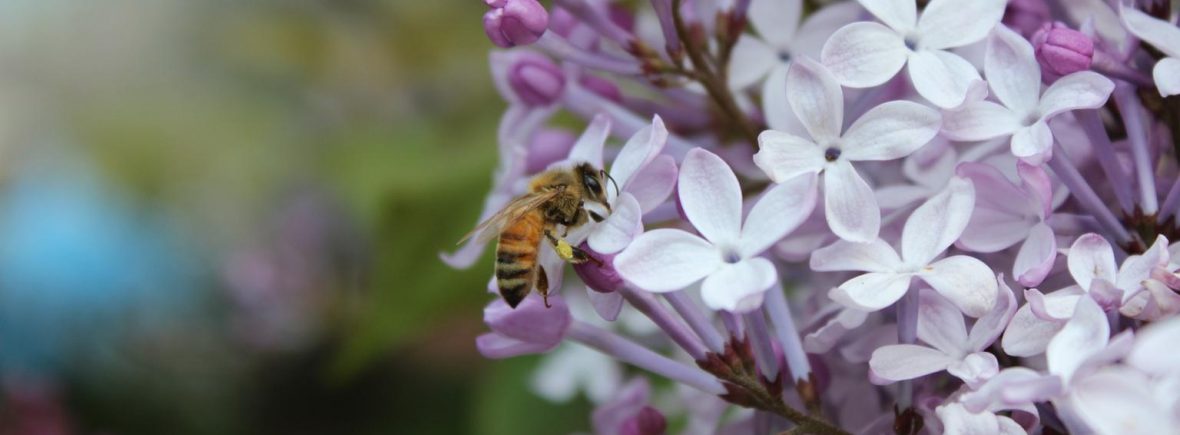This year National Pollinator Week runs from 20-26th June. It’s a time to celebrate pollinators and spread the word about what you can do to protect them.
 Did you know, bees, beetles, bats, butterflies, hummingbirds, flies and other pollinators help pollinate more than 75 percent of our flowering plants?
Did you know, bees, beetles, bats, butterflies, hummingbirds, flies and other pollinators help pollinate more than 75 percent of our flowering plants?
Worldwide, approximately 1,000 plants grown for food, beverages, fibres, spices, and medicines need to be pollinated by animals in order to produce the goods on which we depend.
What can you do to help pollinators?
 Plant for them by creating a pollinator-friendly habitat with native, non-invasive species of flowering plants that are rich in nectar and pollen. Single flowered forms are often the best, the open flower gives easy access to the pollen for bees. By comparison, butterflies like to stick their long tongue or proboscis into tubular flowers
Plant for them by creating a pollinator-friendly habitat with native, non-invasive species of flowering plants that are rich in nectar and pollen. Single flowered forms are often the best, the open flower gives easy access to the pollen for bees. By comparison, butterflies like to stick their long tongue or proboscis into tubular flowers- Let an area of your garden grow wild – a clump of nettles with some native species wildflowers in a corner of the garden may be all that’s needed to provide cover, a home, and food for pollinating insects
- Cut your lawn less often – this allows nectar-rich flowers such as clover to grow and provide a food source
- Try to avoid using pesticides
- Provide water
- Create an insect hotel
Here are some of my design favourites that pollinators love:
Achillea
Geranium Rozanne
Helianthus
Hellebores
Japanese anemone
Lavender
Nepeta (catmint)
Perovskia (Russian sage)
Rudbeckia
Primroses
Salvia – both ornamental and the culinary sage
Snowdrops
Sarcococca
For a fuller list, take a look at the RHS Plants for Pollinators guide
